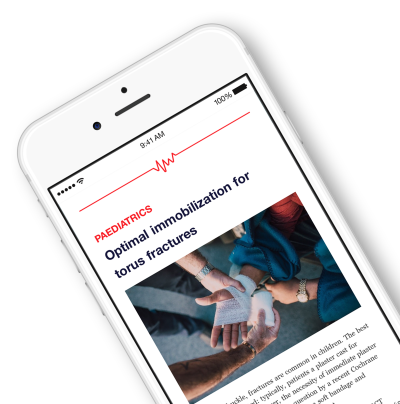
Intranasal ketamine an effective alternative to IV morphine for acute analgesia in EDs .
This report has been verified
by one or more authors of the
original publication.
Intranasal ketamine for acute traumatic pain in the Emergency Department: a prospective, randomized clinical trial of efficacy and safety
BMC Emerg Med. 2016 Nov 9;16(1):4390 patients presenting to the emergency department with moderate to severe pain due to mild or moderate blunt trauma were randomized to be managed with either intranasal (IN) ketamine, intravenous (IV) morphine, or intramuscular (IM) morphine. Patients were assessed for pain every 5 minutes for the first 60 minutes after administration. Results demonstrated significantly earlier onset of clinically relevant pain reduction in the IN ketamine and IV morphine groups compared to the IM morphine group. Adverse events related to confusion, dizziness, and difficulty concentrating were more frequent following IN ketamine administration, while morphine administration was associated with a greater incidence of dry mouth.
Unlock the Full ACE Report
You have access to 4 more FREE articles this month.
Click below to unlock and view this ACE Reports
Unlock Now
Critical appraisals of the latest, high-impact randomized controlled trials and systematic reviews in orthopaedics
Access to OrthoEvidence podcast content, including collaborations with the Journal of Bone and Joint Surgery, interviews with internationally recognized surgeons, and roundtable discussions on orthopaedic news and topics
Subscription to The Pulse, a twice-weekly evidence-based newsletter designed to help you make better clinical decisions
Exclusive access to original content articles, including in-house systematic reviews, and articles on health research methods and hot orthopaedic topics

































































